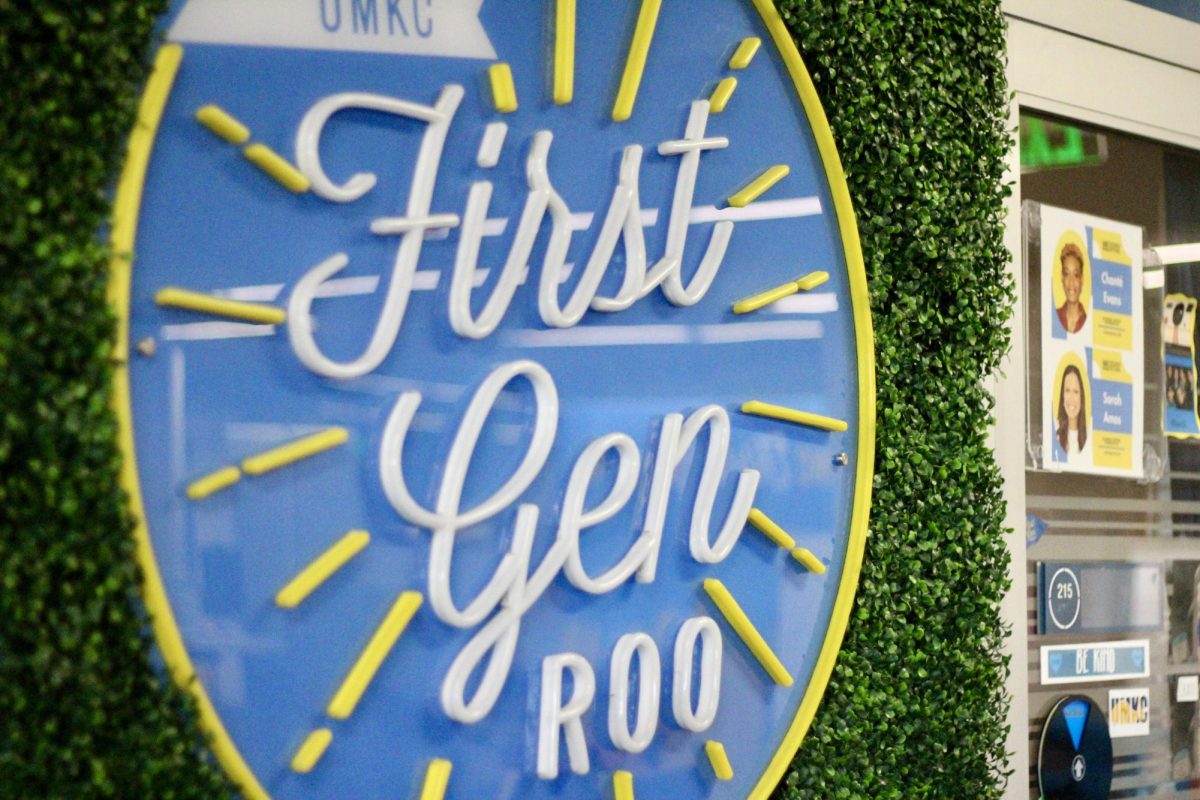With the earth’s climate rapidly changing, how has UMKC committed to mitigating its carbon footprint?
Madison Twite, an officer with the Student Environmental Coalition, does not see a strong effort.
Many universities have dedicated Climate Action Plans (CAPs) to lay out exactly what actions the institution will take to help mitigate its carbon footprint.
However, UMKC does not have a direct CAP document accessible. Instead, plans for sustainability on campus are included in the university’s 2021 Master Plan, which lists out environmental topics, but lacks actionable steps.
Subjects include energy use, greenhouse gas emissions, native plantings and green infrastructure.
“UMKC choosing not to publish a separate document, such as a CAP, is unacceptable” said Twite. “The university has expressed interest in creating a sustainable campus but has not made the commitment to prove they will go the extra mile to invest our tuition dollars into creating one.”
Andre Logan, UMKC’s director of strategic initiatives, said that the university incorporated all environmental conservation plans into the Master Plan, addressing campus community, student success and impactful engagement.
Twite doesn’t see how the Master Plan successfully integrates climate action, stating it lacks specifics regarding improving the physical environment.
In the fall of 2021, a temporary workgroup was formed to assess and create more sustainability efforts on campus. Currently, a variety of faculty from different fields work to create new opportunities for sustainability.
“Working with campus facilities, our focus has been on the campus buildings, infrastructure, and landscaping to reduce emissions,” said Logan. “We are also focusing on educating our campus community about current efforts and what each of us can do to help.”
The university has made changes. First, improvements to infrastructure. These include switching to LED lights, which have a longer lifespan than incandescent lights, upgrades to boilers and campus steam systems, and motion sensors in every building. These efforts aim to elevate sustainability throughout campus.
Alex Norvell, the president of the Student Environmental Coalition and an officer for the Environmental Student Council, does not believe these efforts are enough.
“I want it to be on no uncertain terms that we are not where we need to be,” said Norvell. “The university has slid backwards since 2016. It earned first place out of more than 260 schools in Recyclemania 2013, as well as second place in 2015 and 2016. The sustainability coordinator and sustainability team were dissolved around 2016.”
If students want to get involved with sustainability efforts, the Environmental Student Council aims to help campus sustainability efforts with hands-on work. In the spring semester, the group led the effort to plant the garden beds on campus.
UMKC used to be a beacon of campus sustainability efforts. Now, the university lags behind.
Looking at the CAP that the University of Washington (UW) launched in 2009, it seems that UMKC remains well behind the mark. UW has set goals to reach lower emission marks every 15 years. The institution publishes progress reports and even has a sustainability dashboard to keep track of how it is doing.
Although the University of Washington is much larger than UMKC, other schools in the University of Missouri System are showing what can be done.
The University of Missouri – St. Louis released an initial Sustainability Action Plan in 2013. While it is far less comprehensive than UW’s, it is far more so than UMKC’s. The UMSL document dates itself out to 2025, but also claims itself as a living document to prepare for the future we all face.
Norvell said that he wants to see a standalone CAP and a revival of the Sustainability Coordinator position to feel assured with the university.
“I don’t want lip service,” said Norvell. “I want campus composting and robust recycling services and staff hired and money earmarked specifically to make sure those features don’t disappear five or ten years down the line.”
zpg5rk@umsystem.edu





















